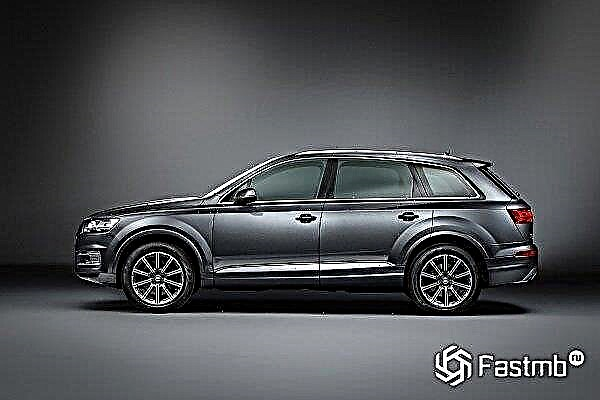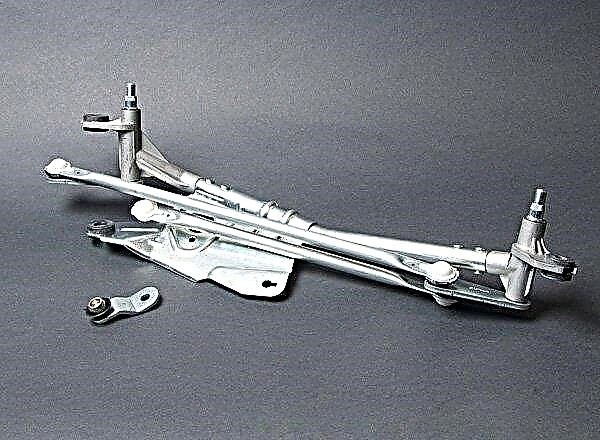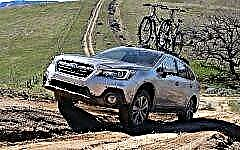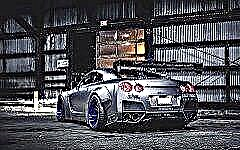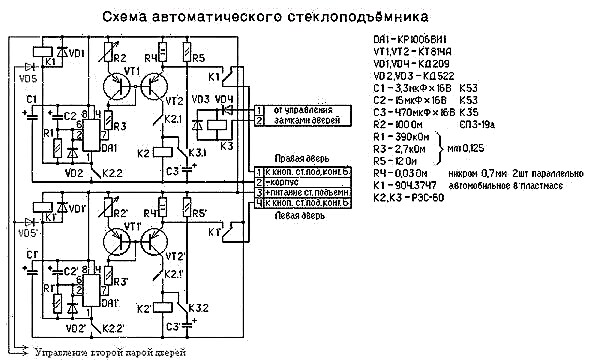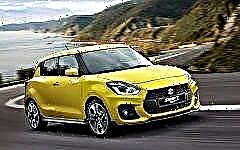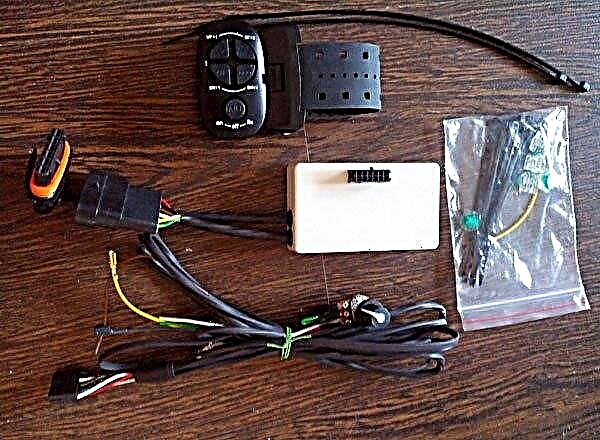The adaptive cruise control has become much more convenient than the usual analogous system. Let's talk about the principle of work, the main components of the system and the factors for work.

The content of the article:
- Variety of systems
- Composite mechanisms
- How adaptive cruise control works
- System cost
Driving long distances or even worse monotonous driving in long traffic jams is very tiring before the driver reaches the destination. For long distances, manufacturers have long begun to install a system called cruise control. Thanks to this system, the driver did not need to monitor engine speed or revs. Regardless of the car driving downhill, downhill or on a flat road, the system automatically decides how much it costs to squeeze the horses out of the car engine.
Such a system worked only over long distances, but not in traffic jams or when driving in a convoy. The emergence of various sensors, on-board computer operating systems and other "bells and whistles" made it possible for engineers to teach the cruise control system to drive the car the way the driver wants, and not as laid down by the manufacturer.
A variation of adaptive cruise control

Regardless of the manufacturer of the car or whatever it is called, the principle of the system will be the same. Similar components are also included in the base of the adaptive cruise control system (ACC, Adaptive Cruise Control).
Manufacturers and their adaptive cruise control:
- Volkswagen, Honda and Audi - Adaptive Cruise Control;
- BMW has Active Cruise Control;
- Toyota called it Radar Cruise Control;
- Mitsubishi - Preview Distance Control;
- Mercedes-Benz is called Distronic or Distronic Plus.
Depending on the manufacturer, there may be improved or standard quality parts. It is worth noting that adaptive cruise control is classified as an active safety system.
What is the control system

The main components can be considered a distance sensor, actuators and a control unit.
The distance sensor measures the speed and distance in relation to the vehicle in front. If you look in more detail, then lidars or radars are used as a distance sensor.
The lidar is based on an infrared laser beam. A laser sensor is much cheaper than a radar sensor, but also worse in terms of the quality of functions. Due to weather conditions, lidar readings can be inaccurate, therefore, radar sensors are used in premium cars in ACC systems.
A radar sensor, in contrast to a lidar, emits electromagnetic waves to an object moving in front, in return receiving a similar signal, according to the echo principle. The speed of the car in front is estimated by the frequency of the reflection of the waves, and the distance in time for which the signal is returned to the sensor. As a result, the data is converted into electronic data and transmitted to the control unit.

As a rule, the distance sensor is installed at the very front point, often this is the bumper or the radiator grill. Typically, the maximum range of such a sensor is about 200 meters of line of sight.
Recent developments in adaptive cruise control use two sensors, the first for long distances and the second for short distances. A short range allows the vehicle to move until it comes to a complete stop. Long range works up to 30 km / h. This significantly expands the capabilities of the system and makes it possible to use the system at different speeds, even in the urban cycle. At low speeds, and often in traffic jams, the driver only needs to turn the steering wheel, and the system will control the brake and gas pedals independently, thereby helping avoid unexpected collisions.
The control unit is designed to receive and process data from sensors and other additional systems that help determine:
- radius of the curve;
- steering angle;
- the speed of your vehicle;
- lateral acceleration;
- distance and speed of the vehicle in front.
The software in the control unit compares the received data with the target data. Based on the result obtained, data for control and signals to the on-board computer are generated, which will change the speed or slow down the car.
In short, adaptive cruise control is not a specific mechanism, but a set of sensors and other mechanisms, the interaction of which leads to the expected result.
How adaptive cruise control works

Conventional adaptive cruise control is capable of operating at speeds from 30 to 180 km / h, and more advanced from 0 to 210 km / h. There is a special Stop and Go mode, which allows you to go slowing down or accelerating in a city cycle or in heavy traffic.
The main purpose of adaptive cruise control is to maintain a constant speed, slow down or accelerate the vehicle. In the event that there is no car in front, the system maintains the speed set by the driver. If the car rebuilds or slows down, during acceleration, the system will bring it up to the previously set speed.
If the vehicle in front adjusts or slows down, the trajectory system repeats the same maneuver. At low speeds or in a traffic jam, the system automatically accelerates or decelerates, while automatically adjusting the driving mode and engine speed to the fuel economy.
For better operation of the adaptive cruise control, they can additionally install a GPS navigation system, an emergency braking system and other auxiliary systems. In fact, ACC is the main system for autonomous driving.
Equipment complex cost
When it comes to the cost of adaptive cruise control, a lot will depend on the make and model of the car. As an example, for BMW cars, the cost of ACC will cost about 130-150 thousand rubles (excluding wiring and a monitor in the cabin).
A used kit, on average, will cost 1200 euros, but with a full set, but even then there is no guarantee that this option will work 100% as a native one. After all, it takes a lot of effort and knowledge to set it up. The radar itself is not expensive, a couple of thousand rubles, and the most expensive is the control unit.
The pleasure is not cheap, but when buying a new car it will not be superfluous to equip it with such a system, since after standing several times in a traffic jam or having driven a long way, you will understand how convenient and useful adaptive cruise control is.

